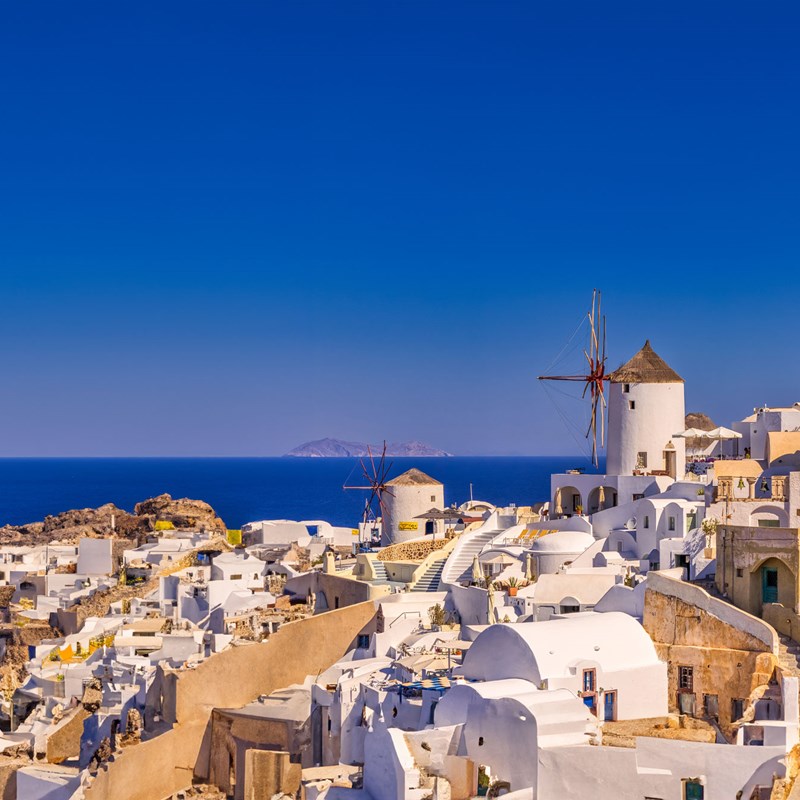The History of Guinness Stout
& How to Pour the Perfect Pint

Is anything more closely identified with Ireland than a pint of Guinness Stout? Like the British Empire itself, Guinness has colonized taste buds around the world. By the end of the twentieth century, the beer was sold in over 150 countries and brewed in 49. The Guinness Brewery and Storehouse are the most visited attraction in Dublin. With a rich roasted aroma and a hue of midnight ruby, Guinness, an Irish dry stout, has been an emblem of Ireland for over two centuries, and a pint is a must-taste for visitors to Ireland.
History of The St. James’s Gate Brewery, Dublin
Guinness Stout has been crafted at the St. James’s Gate Brewery since 1759 when Arthur Guinness launched his enterprise by signing a 9,000-year lease for the four-acre property. Records show he was preceded by another brewery that started operating there in 1670.
Initially, Mr. Guinness brewed ale. However, a new style of beer called porter was seizing the market, and Guinness embraced the trend. By 1779, the Guinness Brewery was listed as one of two official suppliers of beer and ale to the seat of government at Dublin Castle. Five years later it was the exclusive porter supplier. By 1799, Guinness had eliminated ales entirely in favor of darker brews.
Guinness became Ireland’s largest brewery in 1838, and the world’s largest by 1886, making 1.2 million barrels annually. It is still the largest brewer of stout in the world. After remaining a family business for five generations, changes in ownership punctuated the last half-century, and today it’s owned by Diageo, a British multinational beverage company.
The Guinness Storehouse, St. James's Gate, Dublin
The Guinness Storehouse is a converted brewing facility housing a museum of all things Guinness. The Storehouse covers seven floors surrounding a glass atrium shaped in the form of a pint of Guinness. The ground floor introduces the beer's four ingredients (water, barley, hops, and yeast), and the brewery's founder, Arthur Guinness. An exhibit of company history, brewing techniques, ingredients, and Guinness’s celebrated advertising campaigns culminates at the glass-wrapped Gravity Bar on the seventh floor.

What to Do at the Guinness Storehouse
The Gravity Bar invites visitors to savor a pint of Guinness while taking in a nearly 360-degree panorama of Dublin and the working 64-acre brewery below. Other Storehouse attractions include the Perfect Pint bar, where visitors may pour their own pint with expert coaching — a carefully prescribed process that takes nearly two minutes. Also on site are several restaurants and a copy of the 9000-year lease, now void: Guinness bought the property many years ago.
The Many Flavors of Guinness
Many iterations of Guinness have been brewed over its 260 years of production. Some of the famous varietals include Guinness Over the Moon Stout, Guinness's Brite Lager, Guinness's Brite Ale, Guinness Light, Guinness XXX Extra Strong Stout, Guinness Blonde, and Guinness 200th Anniversary Export Stout, and even Guinness Nitro Cold Brew Coffee!
The Most Popular Guinness Varieties Available in the USA

Guinness Extra Stout
Subtly fruity notes of fermentation with a dry finish. Available in bottles
Guinness Foreign Extra Stout
Introduced as West India Porter around 1800, winning loyalty in Africa, Asia, and the Caribbean. Today it accounts for 45% of Guinness’s global sales. This older style of stout has nearly twice the alcohol of draft Guinness, with a tart, refreshing flavor emphasizing the fruity notes of the roasted malt. Available in bottles
Guinness Draught
Smooth and creamy with balanced bittersweet flavor accented with roasted coffee and malt. Available in kegs
Frequently Asked Questions About Guinness
Is Guinness Really Good for You?
The brand’s famous 1920s slogan “Guinness is good for you” has little to do with an actual health claim. All the same, beer contains B vitamins, soluble fiber, and prebiotics which are good for your health. Guinness, though, also contains antioxidants like those found in red wine and dark chocolate, which are not found in other beers. A study by the University of Wisconsin found that, similar to wine, drinking Guinness can help to reduce blood clots and the risk of a heart attack. So, yes, in fact, it is good for you.
What’s in a pint of Guinness?
Guinness stout is made from only four key, historic ingredients — water, cereal grains, spices, and yeast. While not an ingredient, it's important to know that Guinness added nitrogen to their beers in the late 1950s, providing them with their iconic creaminess.
Why Is Guinness Dispensed by Nitro?
Today’s Guinness draught (draft, in American) is a relatively recent evolution. In 1959, Guinness developed a unique nitrogen dispensing system that results in finer, smaller bubbles than a conventional draft system, ensuring a creamier, smoother drink with a distinctive blond head. Craft brewers in the US and beyond have adopted nitro taps for many beers, to achieve a subtler texture and evenly distributed flavors, in contrast to a prickly, aroma-forward carbon-dioxide-drawn beer.
In the 1980s, Guinness launched a draft version in a can, containing a specially engineered widget that imparts finely textured nitrogen-based bubbles upon opening.
What’s the difference between porter and stout?
This question always seems to inspire a spirited debate.
Stout is a direct descendant of porter. In the 1700s, “stout” referred to any variation which was bolder, bigger, and higher alcohol, much as “lite” means the opposite today.
From an 1810 book on commerce: "Porter may be divided into two classes, namely brown-stout and porter properly so-called … Brown-stout is only a fuller-bodied kind of porter than that which serves for ordinary drinking. A great deal of this is exported to America and the West Indies."
The Beer Judge Certification Program describes stout as “a very dark, roasty, bitter, creamy ale,” and porter as “a substantial, malty dark ale with a complex and flavorful roasty character.” While some suggest stouts are defined by roasted barley or patent malt (roasted malted barley), history indicates that stout precedes both those ingredients.


























